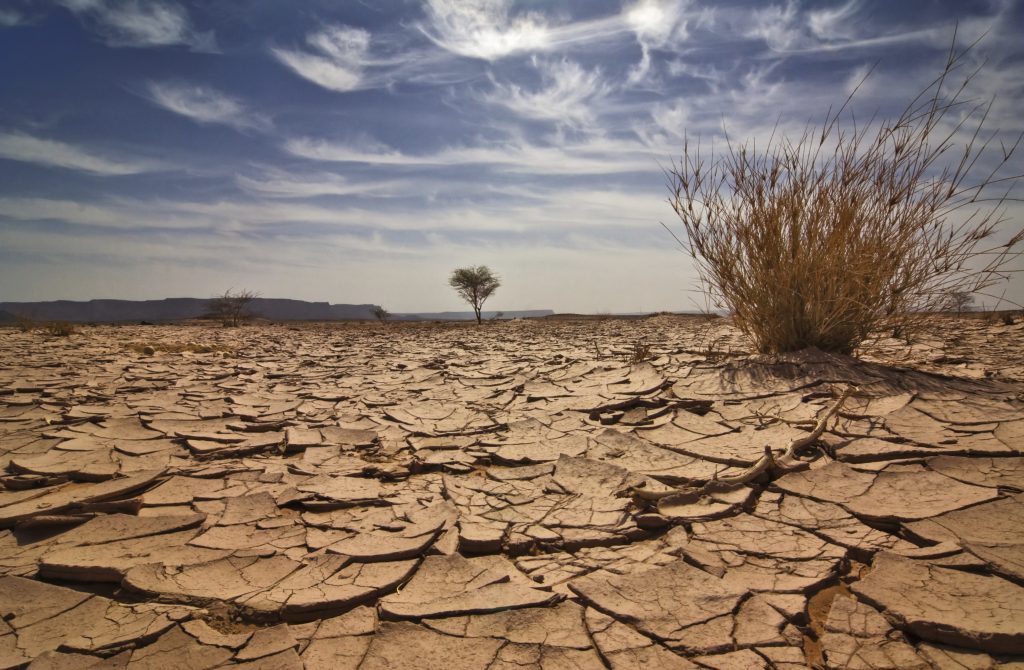Antarctic ice cores reveal Australian drought risk worse than thought
MEDIA RELEASE
18 February 2022
Antarctic ice core records have shown that eastern Australia’s drought risk is greater than thought.
The research, led by Dr Tessa Vance from the Australian Antarctic Program Partnership and Dr Anthony Kiem from the University of Newcastle, and involving Australian Antarctic Division scientists, has significant implications for water security and management across Australia and internationally.

The team compared 150 years of observations of the Interdecadal Pacific Oscillation (IPO) climate variability index, which controls decadal drought and flood risk across eastern Australia, with a reconstruction of the index based on 2,000 years of climate records from Antarctic ice cores.
The IPO varies between negative (wetter climate in eastern Australia) and positive (drier climate in Eastern Australia) phases, which until now were assumed to alternate every 15-30 years.
Because these IPO phases vary the probability of drier or wetter periods, they change the risk of drought, flood and fire.
“Our new ice core research shows that the IPO negative or wet periods are much shorter and less frequent than the positive or dry phases,” Dr Vance said.
“The wet phases lasted on average seven years and occurred 10% of the time, while the dry phases lasted on average 61 years.”
“This could be catastrophic for almost all catchments in eastern Australia, which rely on the wetter negative phases to recharge river catchments and reservoirs and restore soil moisture after drought prone periods.” Dr Kiem said.
The divergence between the ice core reconstruction of the IPO, and instrumental observations, is likely due to an unusually long wet phase that occurred between 1947 and 1976. This unusually wet period is when much of eastern Australia’s water infrastructure was planned and/or built.
“This means that what occurred in the mid 20th century is skewing our expectations of what is normal for rainfall and runoff,” Dr Kiem said.
“This has serious implications for drought and flood risk assessments, which should be re-calculated to account for positive, dry IPO phases being the norm, and much more likely than suggested by the last 150 years of observations”.
The research is published in Communications Earth and Environment on 18 February 2022.
The DOI for this paper will be 10.1038/s43247-022-00359-z.




